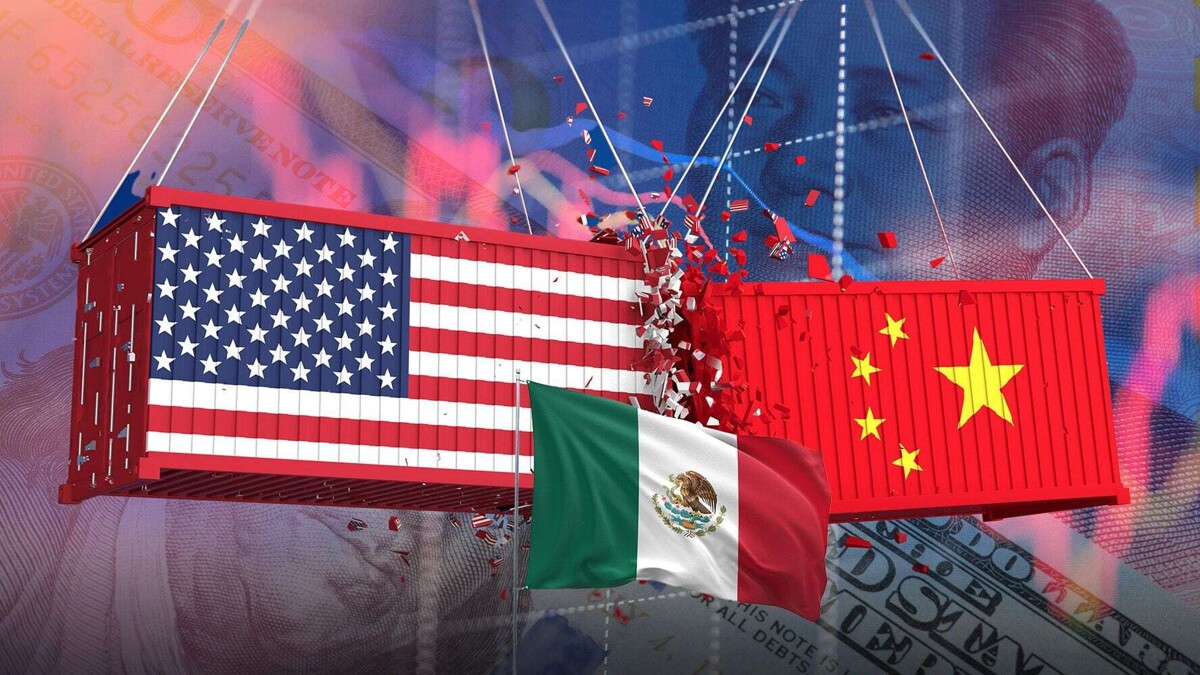
Companies looking to expand into North America to access the U.S. market may consider Mexico as a favorable destination, as long as investment guarantees, political and economic stability are maintained. The ongoing trade battle between the United States and China is having a significant global impact, which could affect the competitiveness of certain Mexican products by increasing the cost of imports from China. In this sense, Mexico faces a strategic dilemma by strengthening economic integration in North America while also imposing restrictions on trade relations with other countries, including China.
In this context, Mexico must focus on ensuring attractive conditions for foreign investment and improving its infrastructure to attract more productive projects. Additionally, the country must be alert to possible pressures from the United States to restrict Chinese imports under the USMCA and strengthen its relations with European and Asian partners. The USMCA plays a key role in this scenario, as there may be pressures for Mexico to raise tariffs on Chinese products to align with the United States and avoid being perceived as a channel to evade tariffs.
Amid this situation, Mexico positions itself as an attractive destination for foreign investment and a relevant player in global supply chains, especially with the relocation of Chinese companies to Mexican territory to avoid U.S. tariffs. However, there are challenges such as potential tariffs on Mexico and Canada that could negatively impact, as well as uncertainty in global trade that could affect Mexican exports if demand in the United States slows down.
For Mexico, this landscape represents opportunities and risks, as the country seeks to consolidate itself as a key destination for foreign investment and strengthen its participation in North American supply chains, while also needing to cautiously manage its relationship with China. In the context of trade tensions between the United States and China, Mexico seeks to reduce its trade deficit with China and protect U.S. manufacturing jobs.
In this scenario, Mexican trade policy must be more active to achieve a balance between trade relations with the United States and China, avoiding getting caught in a dispute with high costs. Furthermore, Mexico faces the challenge of managing tariff pressures and seeking investment opportunities in strategic sectors such as advanced manufacturing and technology, all in a context of global uncertainty and rivalry among economic powers.














